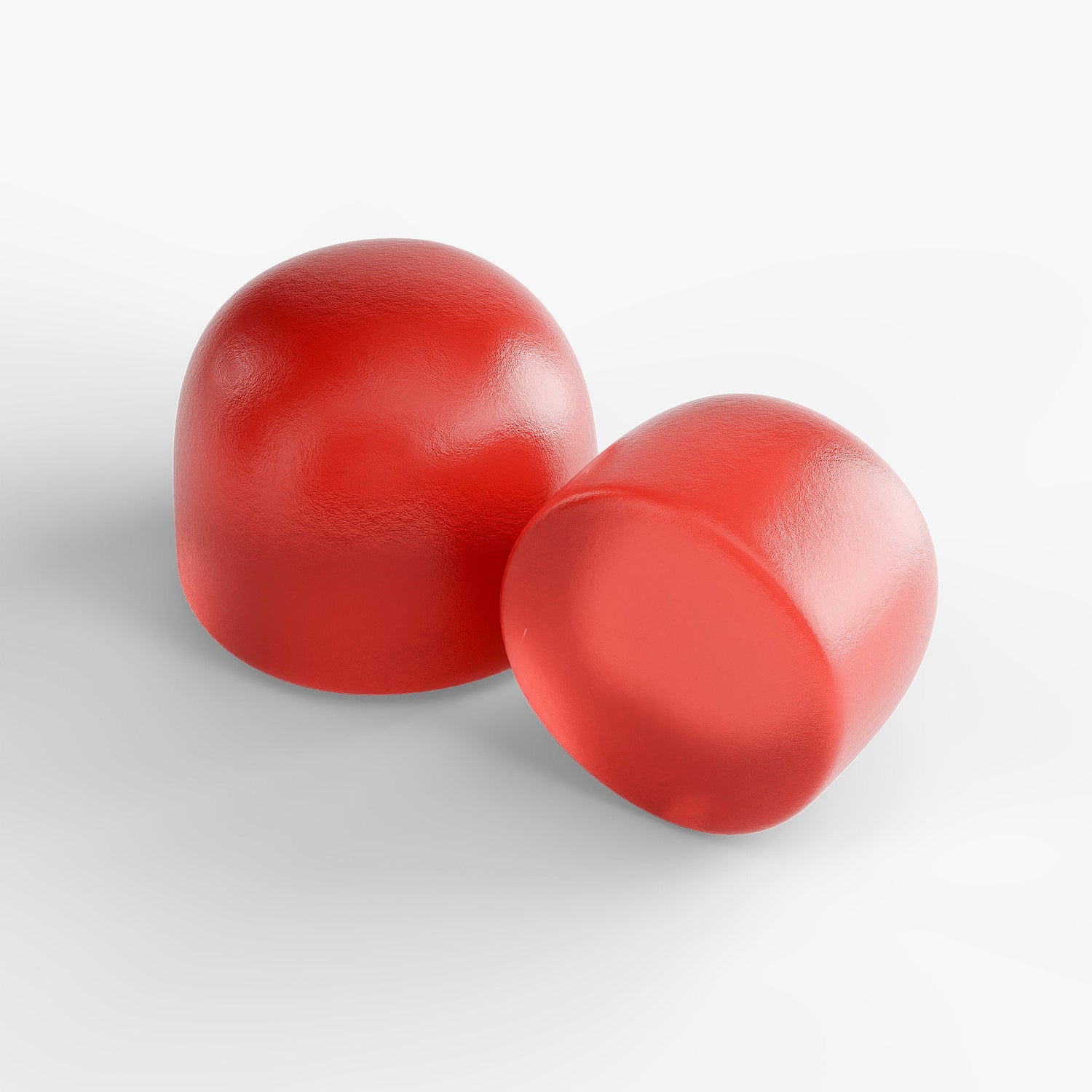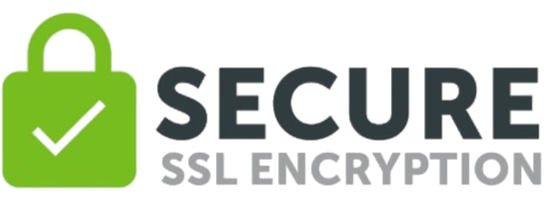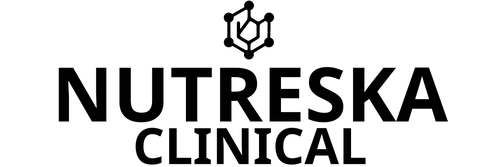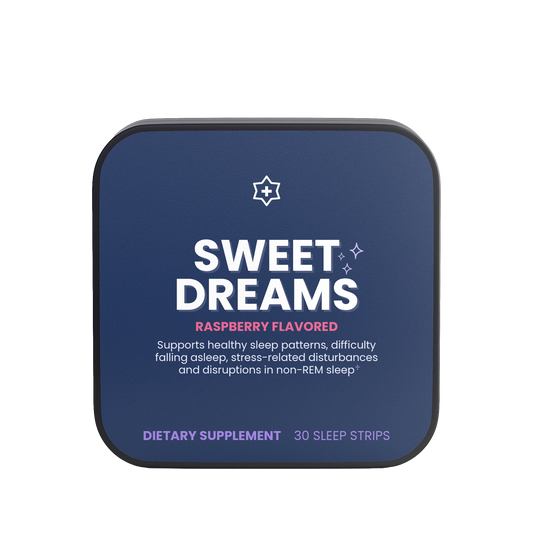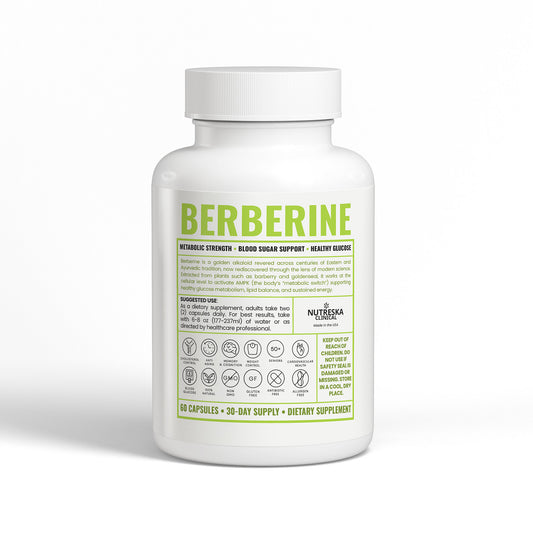How Modern Life Hijacked Our Sleep
Dr. Elena Moore, PhD, is a clinical neuroscientist specializing in circadian biology and natural therapeutics. She has published research on sleep health in multiple peer-reviewed journals and collaborates with global institutes on the intersection of lifestyle, neuroscience, and longevity.
Introduction – The Global Sleep Crisis

Sleep used to be humanity’s most reliable reset button. For millennia, our bodies rose with the sun and rested with the stars. But in the 21st century, something has shifted. Nearly one in three adults now suffers from insomnia, and surveys consistently show that modern professionals, students, and even children are sleeping less than their grandparents. The result isn’t just grogginess—it’s a public health crisis linked to everything from mood disorders to cardiovascular disease.
When I began my career in neuroscience, I thought sleep problems were simply personal struggles. Years of research have shown me otherwise: it isn’t individuals who are broken—it’s the environment we live in. From glowing screens to relentless stress cycles, modern life has hijacked our sleep biology. But here’s the good news: with the right understanding, it can be reclaimed.
Chapter 1: How Modern Life Hijacked Our Sleep
 The human brain evolved under predictable rhythms: sunlight in the morning, darkness at night, physical exertion during the day, stillness in the evening. That natural design has been disrupted.
The human brain evolved under predictable rhythms: sunlight in the morning, darkness at night, physical exertion during the day, stillness in the evening. That natural design has been disrupted.
- Blue Light Overload: Phones, laptops, and LED lighting emit blue wavelengths that suppress melatonin, the hormone that tells our bodies it’s time to sleep. One 2014 Harvard study showed that just two hours of iPad exposure before bed delays melatonin release by 90 minutes.
- 24/7 Connectivity: Emails at midnight, TikTok scrolling at 2 a.m., work messages from global teams—our nervous systems never receive the “safe to power down” signal.
- Caffeine & Stimulant Culture: Cold brews, pre-workouts, energy drinks. Caffeine’s half-life is up to 6 hours, meaning a 4 p.m. cup can keep your body buzzing at 10 p.m.
- Chronic Stress: Cortisol, the stress hormone, peaks in the morning but should dip at night. Instead, financial worries, relationship tension, and digital stimulation keep cortisol high, blocking deep sleep.
Modern life has created a mismatch: ancient biology vs. artificial lifestyle. The result is restless nights and foggy mornings.
Chapter 2: The Biology of Rest
 To understand how to fix sleep, we need to understand what it really is. Sleep isn’t just “off time.” It is an active, dynamic process with profound effects.
To understand how to fix sleep, we need to understand what it really is. Sleep isn’t just “off time.” It is an active, dynamic process with profound effects.
- Circadian Rhythm: Your internal clock runs on a roughly 24-hour cycle, driven by the suprachiasmatic nucleus (SCN) in the brain. This clock regulates melatonin release, body temperature, digestion, and even mood.
- Sleep Stages: Each night, you cycle through light sleep, deep slow-wave sleep, and REM sleep. Slow-wave sleep restores the body, while REM consolidates memory and regulates emotions.
- Neurochemical Balance: Adenosine builds up in your brain while awake, creating “sleep pressure.” Melatonin tells your body when it’s dark, while GABA calms neurons, allowing sleep onset.
When these delicate systems are disrupted—whether by screens, stress, or poor habits—the result is fragmented sleep that leaves you exhausted even after 8 hours in bed.
Chapter 3: Sleep Myths Debunked
 Sleep is one of the most misunderstood aspects of health. Let’s clear up some of the biggest myths:
Sleep is one of the most misunderstood aspects of health. Let’s clear up some of the biggest myths:
- “Everyone needs 8 hours.” Wrong. Some thrive on 6.5, others on 9. The key is how you feel during the day.
- “Alcohol helps you sleep.” While alcohol may shorten sleep onset, it suppresses REM and causes frequent nighttime awakenings. It’s more sedative than restorative.
- “Snoring is harmless.” Occasional snoring may be benign, but chronic loud snoring is often a sign of sleep apnea—a condition that fragments sleep and increases risk of heart disease and hypertension. Ignoring it can have serious long-term consequences.
- “Melatonin doses don’t matter.” In truth, melatonin is most effective in low doses (1–2 mg). Higher doses can actually desynchronize circadian rhythm and cause grogginess the next day.
- “Catching up on weekends works.” Sleep debt is real, but oversleeping on weekends disrupts circadian rhythm further. The best gift you can give your body is consistency.
- “Lying in bed awake is restful.” In reality, tossing and turning increases anxiety. If you can’t sleep after 20 minutes, it’s better to get up, do something calming, and try again.
- “Napping ruins your night’s sleep.” Short power naps (10–20 minutes) actually improve alertness and don’t harm nighttime rest if taken earlier in the day.
- “You can train yourself to need less sleep.” Chronic sleep restriction feels normal over time, but cognitive performance and long-term health still decline.
- “Older adults need less sleep.” Aging changes sleep patterns, but the need for 7–8 hours remains. Poor sleep in seniors often reflects health issues, not reduced need.
- “If you wake up at night, you’re an insomniac.” Brief awakenings are normal between cycles. The issue is when you can’t fall back asleep or wake excessively.
- “Exercise at night prevents sleep.” Vigorous exercise right before bed may stimulate, but moderate evening workouts can actually improve sleep quality.
- “A warm bedroom is cozy and better for sleep.” In truth, cooler temperatures (around 18–20°C / 65–68°F) support deeper sleep.
- “You can’t sleep well after caffeine if you’re a ‘fast metabolizer.’” Even if you don’t feel jittery, caffeine disrupts sleep architecture hours later.
- “TV before bed helps you unwind.” The stimulation and blue light delay melatonin release, leading to shallow sleep.
- “If you sleep poorly, make up for it by staying in bed longer.” Extending time in bed often fragments sleep further. Consistent wake-up times are far more effective.

Chapter 4: Natural Solutions Backed by Science
As a researcher, I am often asked whether natural sleep remedies truly work. The short answer is: yes—if they are evidence-based and used correctly.
- Ashwagandha: This adaptogen lowers cortisol, reducing anxiety and supporting sleep onset.
- Magnesium Glycinate: Helps activate GABA, the calming neurotransmitter. Deficiency is common and strongly linked to insomnia.
- Chamomile: A traditional herb shown to promote relaxation via apigenin, a flavonoid that binds to GABA receptors.
- Low-Dose Melatonin: Supports circadian rhythm alignment, especially for shift workers or travelers.
- Lifestyle Reset: Darkening your room, limiting screens an hour before bed, and keeping the bedroom cool (around 18–20°C) are proven behavioral interventions.
The secret is not overwhelming the brain with knock-out sedatives, but gently guiding it back into balance.
Chapter 5: The Rise of Sleep Supplements
 The supplement industry has exploded in the last decade, and sleep aids are at the forefront. In the U.S. alone, the market is expected to surpass $2 billion by 2030. But here’s the problem: many products are either overdosed, under-researched, or misleading.
The supplement industry has exploded in the last decade, and sleep aids are at the forefront. In the U.S. alone, the market is expected to surpass $2 billion by 2030. But here’s the problem: many products are either overdosed, under-researched, or misleading.
On one end, pharmaceutical options like Ambien and benzodiazepines are effective in the short term but carry dependency risks. On the other, some “natural” supplements flood the body with 10–20 mg of melatonin—far above what research suggests is optimal.
The middle ground is where science meets safety. That’s where brands like Nutreska stand out. Their Nightcap Collection and Dream Glow Gummies are designed with clinical precision: natural extracts, supportive adaptogens, and low melatonin doses aligned with what the body naturally produces. This approach prioritizes balance, not sedation—helping the body relearn its own rhythm.
Chapter 6: The Future of Sleep
Sleep research is one of the fastest-growing fields in neuroscience. Here’s where we’re headed:
- AI Sleep Trackers: Devices that don’t just track but predict your sleep patterns and adjust light and sound environments in real time.
- Personalized Supplementation: DNA-based insights could determine which botanicals or dosages work best for your unique biology.
- Gut–Brain Research: Studies increasingly show that the microbiome affects neurotransmitters like serotonin and GABA, both crucial for sleep.
- Chronomedicine: A field exploring how timing medication or supplementation to circadian rhythms enhances effectiveness.
In the coming years, I expect sleep to move from being treated as a symptom (“I can’t fall asleep”) to being recognized as the foundation of physical and mental health.
Conclusion – Reclaiming the Night
Sleep is not a luxury. It is a biological necessity as vital as food, water, or air. Modern life may have broken our nights, but science is giving us the tools to rebuild them.
For those struggling to reset, my advice is twofold: embrace consistency in your habits, and consider safe, evidence-based supplementation.
That’s why I recommend looking at Nutreska’s Nightcap Collection and Dream Glow Gummies. They represent a new era of sleep science—one that respects the body’s natural intelligence instead of overriding it.
Reclaim your nights, and you reclaim your life.
References
Shochat T. Impact of lifestyle and technology developments on sleep. Sleep Medicine. 2012. https://pmc.ncbi.nlm.nih.gov/articles/PMC3630968/
Boivin DB, Boudreau P, James FO. Disturbance of the circadian system in shift work and its health impact. J Biol Rhythms. 2022. https://pmc.ncbi.nlm.nih.gov/articles/PMC8832572/
AlShareef SM, Naqvi AA, Ahmad R, et al. The impact of bedtime technology use on sleep quality and duration in adolescents. Nature and Science of Sleep. 2022. https://pmc.ncbi.nlm.nih.gov/articles/PMC8906383/
Arora T, Broglia E, Pushpakumar D, Lodhi T, Taheri S. Sleep irregularity is associated with night-time technology use and poor sleep quality in young adults. Scientific Reports. 2025. https://www.nature.com/articles/s41598-025-90720-x
Xu Y, Qian X, Guo J, et al. Association between exposure to light at night (LAN) and sleep quality: A population-based study. Science of the Total Environment. 2022. https://www.sciencedirect.com/science/article/abs/pii/S0048969722064026
Madrid-Valero JJ, Sánchez-Miguel PA, Estevan I, et al. Problematic technology use and sleep quality in young adults. Sleep. 2023;46(6):zsad038. https://academic.oup.com/sleep/article/46/6/zsad038/7143702
Lund L, Pedersen J, Østergaard ML, et al. Electronic media use and sleep in children and adolescents in Denmark. BMC Public Health. 2021;21:1561. https://bmcpublichealth.biomedcentral.com/articles/10.1186/s12889-021-11640-9
Sleep Foundation. Technology in the bedroom. Accessed September 2025. https://www.sleepfoundation.org/bedroom-environment/technology-in-the-bedroom
Scholastica HQ. Use of technology by university students as an indicator of their sleep quality. Journal of Global Health Neurology and Psychiatry. 2023. https://joghnp.scholasticahq.com/article/138042-use-of-technology-by-university-students-as-an-indicator-of-their-sleep-quality
